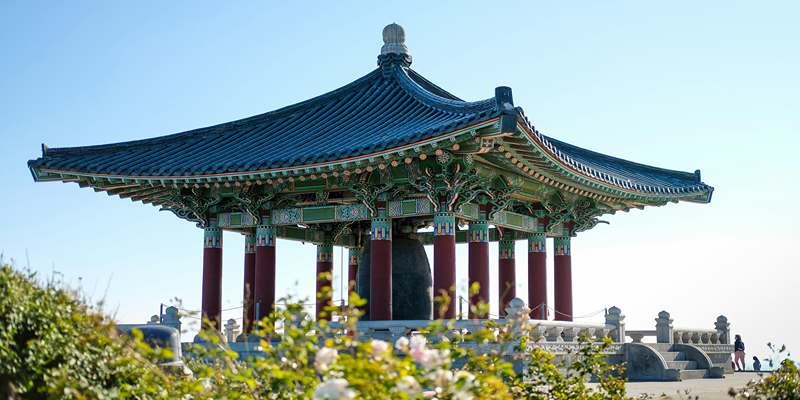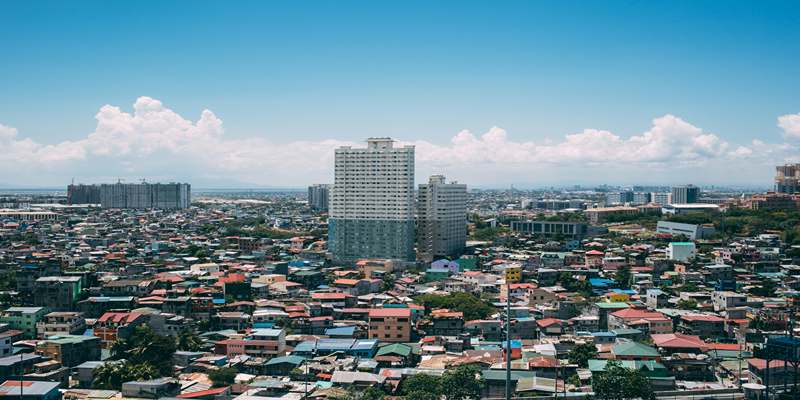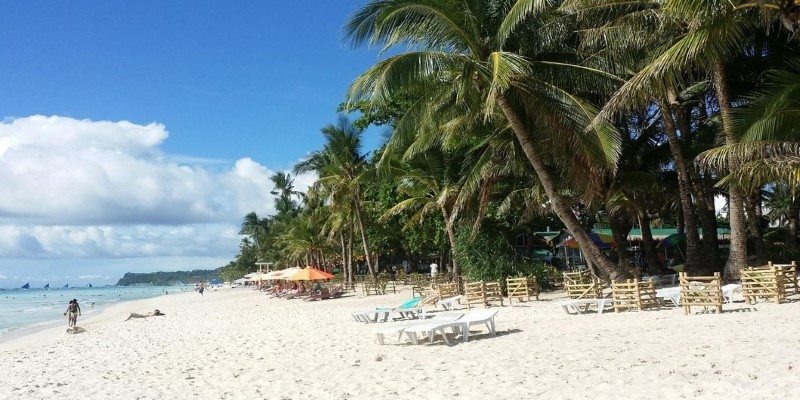Step Inside Fort San Pedro, Cebu’s Historic Landmark
Advertisement
Generally situated at the center of Cebu City, Fort San Pedro is a historic landmark in the Philippines. Originally called the “Fortress of Manila,” this triangular fort was constructed in 1565 under the leadership of the Spanish explorer named Miguel López de Legazpi. Formerly used for protecting the Spaniards from native uprisings and piracy, it now stands as one of the best preserved historical landmarks in Cebu. Today it is a museum and a heritage park for the people to experience the historical past of the country. In general, it appeals to the lovers of history and culture and those who simply want to visit notable attractions during the tour in Cebu.

History of the Fort
Fort San Pedro Cebu was established on April 27, 1565, which was the time the Spanish colonizers arrived in the Philippines. It was constructed of wood and earth to start with, and then it was reconstructed to stone for better protection. This structure was very significant in defending the first Spanish settlement in the Philippines from the local people and other enemies.
Spanish Era and Military Significance
In the Spanish colonialism era, the fort became the military bastion of defense of Spanish forces in the region. It was used for Spanish troops and as a camp for military expeditions to the Visayas and Mindanao. It was advantageous for the fort to be built by the sea because it could stand as a sentinel against pirates and even possible colonizing intruders.
Transformation Over the Years
Throughout history, Fort San Pedro has undergone numerous transformations, reflecting the changing times and rulers of the Philippines. After Spanish control ended, the structure took on different roles, adapting to new authorities and circumstances. During the American period, it served as a military barracks, fulfilling a strategic purpose. In World War II, it came under Japanese control, playing yet another role in the country’s wartime history. Following the war, efforts were made to repurpose the site, eventually opening it to the public. Over the years, various initiatives have aimed to preserve and restore the fort, recognizing its historical and cultural value. Today, it stands as a well-known landmark, attracting visitors interested in its rich past.
Exploring the Fort’s Architectural Features
The Triangular Layout and Design
The fort was designed in a triangular shape, featuring three bastions: La Concepción, Ignacio de Loyola, and San Miguel. Two sides faced the sea, providing defense against maritime threats, while the third side faced inland to guard against land-based attacks. Its construction relied on thick stone walls, ensuring durability and protection. The watchtowers were built with a sturdy design, allowing guards to monitor the surroundings effectively. The fort’s structure reflects strategic military planning, showcasing the architectural strength and defensive priorities of the time in which it was built.
Inside the Fort: Barracks, Artillery, and Exhibits
Stepping into the fort, visitors can explore its inner courtyard, once occupied by Spanish soldiers. The former barracks have been transformed into a museum, preserving the rich history of the site. Inside, various artifacts are displayed, including antique cannons, colonial-era documents, and relics that provide insight into Cebu’s past. Visitors can also find remnants of underground tunnels and old storage rooms that once housed military supplies. These features offer a glimpse into the fort’s role in defense and daily life during Spanish rule. The combination of historical exhibits and well-preserved structures makes the fort an engaging destination for history enthusiasts.
The Scenic Garden and Viewing Deck
Beyond its historical significance, the fort also offers a serene garden, providing visitors with a relaxing escape from the busy city. The lush greenery and well-maintained landscape create a peaceful atmosphere, ideal for quiet reflection. The elevated bastions add to the experience, offering panoramic views of the city and waterfront. These vantage points not only showcase the surrounding scenery but also highlight the fort’s strategic location. Visitors often take advantage of these spots for photography and sightseeing. The blend of history and scenic beauty makes the fort a unique attraction, drawing both history lovers and casual tourists alike.

The Role of Fort San Pedro in Cebu’s Cultural Heritage
The fort's structure, along with its preserved artifacts, provides insight into the Spanish influence on Filipino culture, architecture, and governance. Fort San Pedro has become an important site for historical education. Schools and universities frequently organize field trips to the fort, allowing students to learn about the significance of Spanish colonization in Cebu. The fort’s museum offers informative displays and guided tours that help visitors appreciate its historical relevance.
The fort’s open-air space provides a unique setting for performances, historical reenactments, and community gatherings. Its continued use for cultural activities highlights its importance beyond just being a tourist attraction.
Tips for Visiting Fort San Pedro Cebu
The fort is open daily, and visiting during weekdays ensures a more peaceful experience without large crowds. It’s also recommended to check for special events or guided tours for a more enriching visit.
Since the fort is an open-air site, wearing comfortable clothing and bringing sun protection such as hats and sunscreen is advisable. A camera is a must, as the fort provides excellent photo opportunities with its historic architecture and scenic views. Carrying a water bottle is also recommended, especially on hot days.
Fort San Pedro is conveniently located in Plaza Independencia, Cebu City, making it easily accessible by taxi, jeepney, or private vehicle.
Conclusion
From its origins as a military defense structure to its transformation into a heritage site, the fort remains a vital piece of Cebu’s cultural identity. Whether you’re interested in history, architecture, or simply looking for a scenic and educational experience, Fort San Pedro is a must-visit destination. Exploring this well-preserved stronghold offers a deeper understanding of the Philippines’ rich heritage, making it a valuable stop on any Cebu itinerary.
On this page
History of the Fort Spanish Era and Military Significance Transformation Over the Years Exploring the Fort’s Architectural Features The Triangular Layout and Design Inside the Fort: Barracks, Artillery, and Exhibits The Scenic Garden and Viewing Deck The Role of Fort San Pedro in Cebu’s Cultural Heritage Tips for Visiting Fort San Pedro Cebu ConclusionAdvertisement












